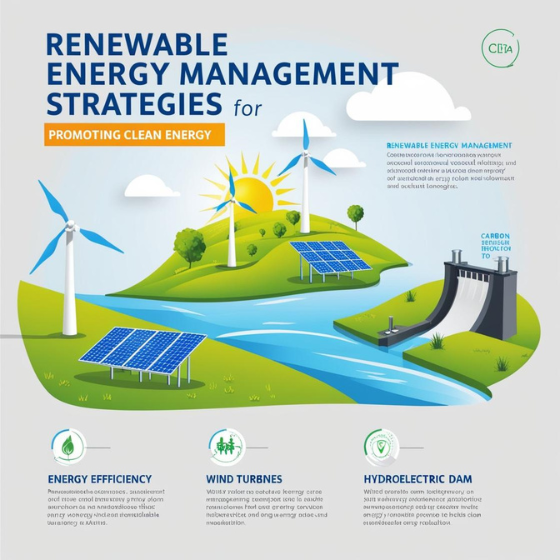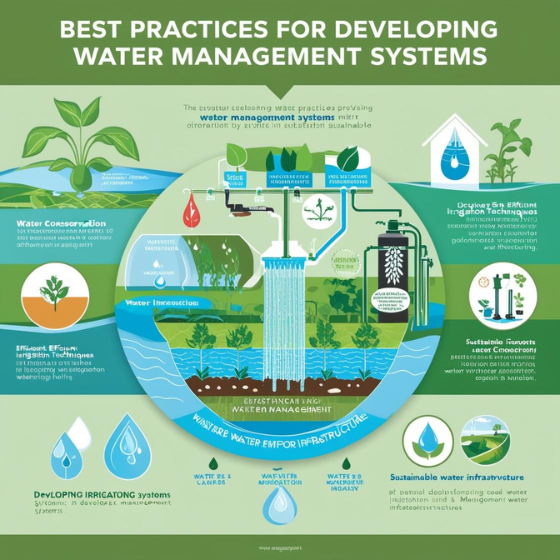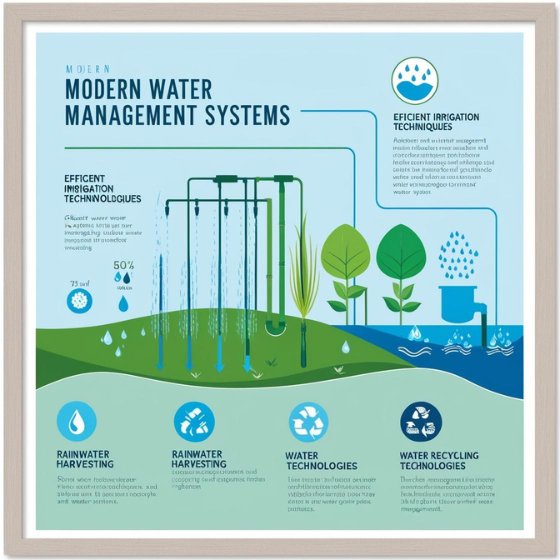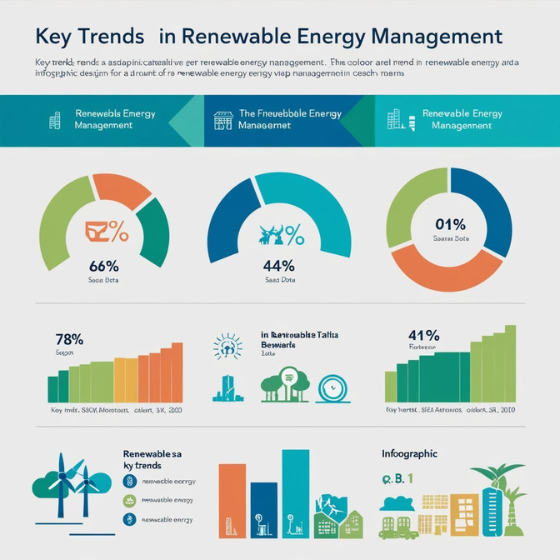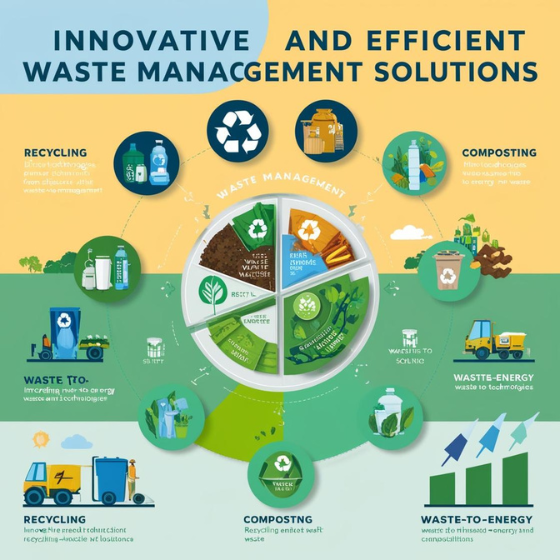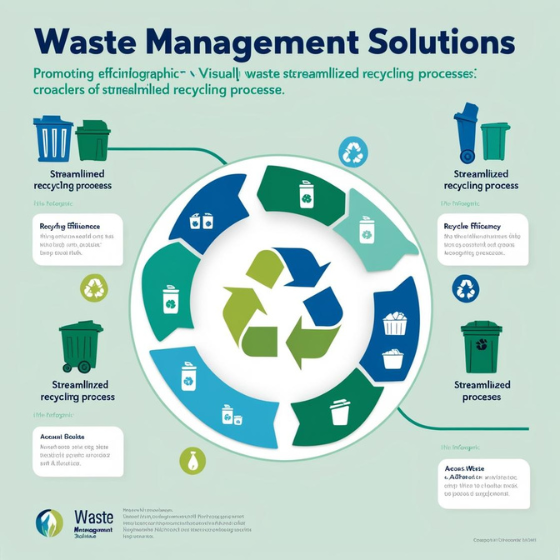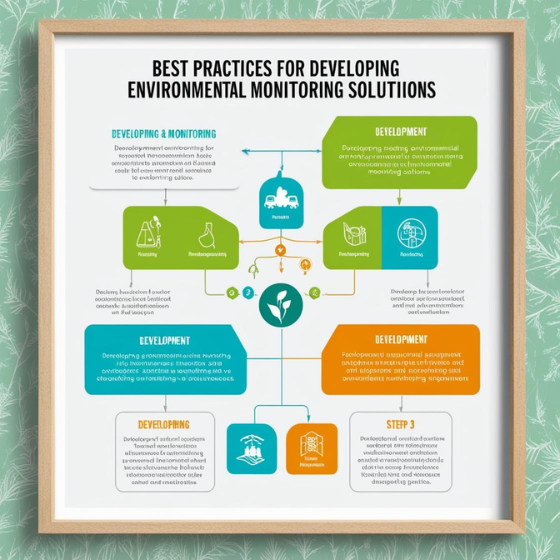Renewable Energy Management: Promoting Clean Energy
As the world moves toward sustainability, renewable energy has become the cornerstone of a greener future. From solar and wind to geothermal and hydroelectric power, renewable energy sources are critical in reducing carbon footprints and addressing climate change. However, the efficient management of renewable energy systems is equally important for maximizing their impact. Renewable energy management encompasses the strategies, tools, and technologies required to generate, store, and distribute clean energy effectively.
This blog delves into the importance of renewable energy management, explores innovative solutions, and offers insights into promoting clean energy adoption globally.
The Importance of Renewable Energy Management
1. Optimizing Energy Generation
Renewable energy sources are inherently variable—solar panels generate electricity only when the sun is shining, and wind turbines rely on favorable wind conditions. Effective management ensures energy is harnessed efficiently during peak availability.
2. Ensuring Energy Reliability
To make renewable energy viable as a primary energy source, it’s critical to ensure consistent energy supply. This requires advanced storage solutions and grid management to address intermittency.
Example: Battery storage systems like Tesla Powerwall store surplus solar energy during the day, ensuring uninterrupted power at night.
3. Reducing Costs
Proper energy management minimizes wastage, optimizes resource use, and lowers operational costs for both producers and consumers.
4. Meeting Sustainability Goals
For businesses and governments, effective renewable energy management is key to achieving sustainability goals, reducing greenhouse gas emissions, and complying with environmental regulations.
Key Components of Renewable Energy Management
1. Energy Monitoring Systems
Energy monitoring is the backbone of renewable energy management. Advanced systems track energy production, consumption, and storage in real time.
- Features to Include:
- Real-time dashboards showing energy usage patterns.
- Analytics for predicting energy demand and optimizing supply.
- Alerts for equipment malfunctions or inefficiencies.
Example: Smart meters installed in households help track energy consumption and encourage energy-saving behaviors.
2. Energy Storage Solutions
Energy storage bridges the gap between energy production and demand. Technologies like lithium-ion batteries, pumped hydro storage, and hydrogen fuel cells store excess energy for later use.
- Emerging Trends:
- Grid-scale storage systems to stabilize renewable energy supply.
- Vehicle-to-grid (V2G) technology, allowing electric vehicles to act as energy storage units.
Pro Tip: Combine solar power with battery storage to create a self-sufficient energy system for homes and businesses.
3. Smart Grids
Smart grids use digital technology to manage the distribution of renewable energy efficiently.
- Benefits:
- Balance energy supply and demand dynamically.
- Integrate multiple renewable sources, such as wind, solar, and hydro, into a unified grid.
- Enable two-way communication between energy producers and consumers.
Case Study: Denmark’s smart grid system has successfully integrated over 47% of the country’s electricity from wind power.
4. AI and Machine Learning
AI-driven tools are transforming renewable energy management by enabling predictive analytics and automation.
- Applications:
- Forecasting energy production based on weather conditions.
- Automating energy distribution to prioritize renewable sources.
- Detecting inefficiencies in energy systems and suggesting improvements.
5. Blockchain for Energy Trading
Blockchain technology facilitates peer-to-peer energy trading, where consumers can sell excess renewable energy back to the grid or directly to other users.
Example: In Brooklyn, New York, blockchain-enabled microgrids allow residents to trade surplus solar energy with their neighbors.
Promoting Clean Energy Adoption
1. Incentivize Adoption
Governments and organizations can encourage renewable energy adoption through financial incentives like tax credits, rebates, and feed-in tariffs.
Example: The U.S. offers a federal solar tax credit, reducing the cost of installing solar panels by 30%.
2. Educate and Engage Communities
Public awareness campaigns and educational programs can drive widespread adoption of clean energy.
- Key Strategies:
- Highlight the environmental and economic benefits of renewable energy.
- Provide easy access to resources for installing solar panels or switching to green energy providers.
Pro Tip: Partner with schools and universities to educate future generations on the importance of clean energy.
3. Encourage Corporate Responsibility
Businesses play a vital role in clean energy adoption. Encouraging corporations to invest in renewable energy through green certifications and sustainability reporting can accelerate the transition.
Example: Google achieved 100% renewable energy usage for its global operations by investing in wind and solar power projects.
4. Leverage Technology for Accessibility
Digital platforms and apps make it easier for individuals and businesses to monitor their energy use and switch to renewable energy providers.
Best Practices:
- Develop user-friendly apps for energy tracking and management.
- Use AI-driven platforms to recommend personalized renewable energy solutions.
Challenges in Renewable Energy Management
1. High Initial Costs
Installing renewable energy systems and storage solutions can be expensive. However, long-term savings on energy bills and incentives can offset these costs.
2. Intermittent Energy Supply
As renewable energy depends on natural conditions, ensuring a consistent supply is challenging. Advanced storage systems and smart grid technology are key to overcoming this barrier.
3. Infrastructure Limitations
Outdated grid infrastructure in many regions can make integrating renewable energy sources difficult. Upgrading to smart grids is essential.
The Future of Renewable Energy Management
The renewable energy sector is set to grow exponentially, driven by technological advancements and global efforts to combat climate change. Key trends shaping the future include:
- Decentralized Energy Systems: More individuals and businesses producing and managing their own renewable energy.
- AI-Powered Optimization: Advanced AI tools for managing complex energy systems.
- Global Collaboration: Cross-border energy grids and shared renewable energy resources.
Conclusion
Renewable energy management is at the heart of a sustainable future. By leveraging innovative technologies like AI, blockchain, and smart grids, we can overcome the challenges of renewable energy integration and maximize its benefits. From reducing environmental impact to achieving energy independence, effective management is essential for promoting clean energy on a global scale.
At Sodio, we specialize in developing cutting-edge solutions for renewable energy management, tailored to your needs.
Contact Sodio today to learn how our expertise can help you harness the full potential of renewable energy.
